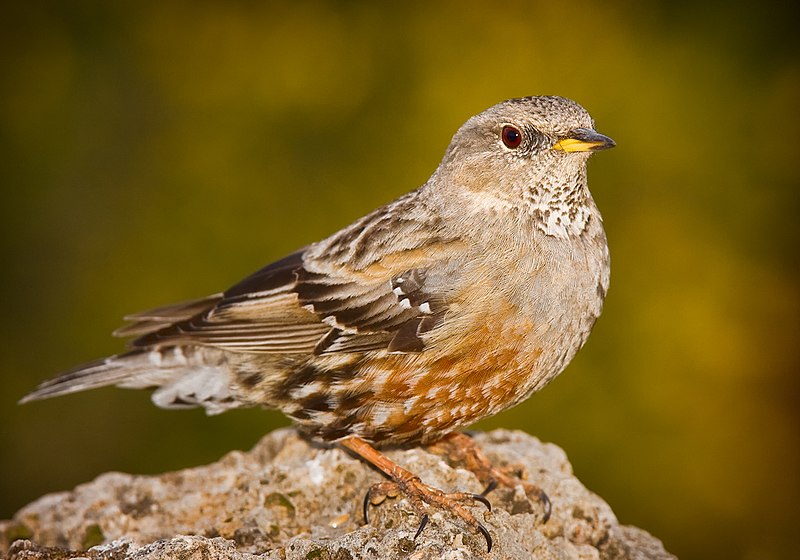GULMI, August 14: At least eight new species of birds have been discovered in the Resunga and Madane protected forest areas. The findings were based on a survey conducted by the Nepal Bird Conservation Association.
Bharat Panthi, project officer of the association, told RSS that the newly identified species in the Madane forest area include Chakasuchak (Yellow-Rumped Honeyguide), Kalokantha Bhuinrobin (Desert Wheatear), Shyamshwet Arjunak (Little Pied Flycatcher), Kalo Bungechari (Purple Sunbird), Aali Chuiya (Paddyfield Pipit), Himali Lekchari (Alpine Accentor) and Sano Seto Bakulla (Little Egret).
The bird survey in Gulmi is conducted biannually using the Mackinnon listing method. Gulmi is home to some of the world's rarest bird species, with at least six of these species found in the district alone. Rare species identified in the Resunga and Madane forest conservation areas include vultures such as Chirkalij (Cheer Pheasant), Ranamachch Mahachil (Easytern Imperial Eagle), Dangar Vulture (White-Rumped Vulture), Soto Vulture (Egyptian Vulture), Sun Vulture, and Gomayo Mahachil (Steppe Eagle).
Notably, the Resunga and Madane forest areas are also home to the spiny babbler (Kande Bhyakur), a rare bird species found only in Nepal.
Gulmi hosts 35 percent of Nepal's 892 bird species. According to the survey, 263 species have been identified in Resunga and 286 species in Madane. The Madane forest area spans ranges from 975 to 2,690 meters, while the Resunga forest area ranges from 575 to 2,345 meters. In terms of size, Resunga covers 19,281 hectares, and Madane spans 13,743 hectares.
Panthi further mentioned that the number of rare bird species is increasing in the Resunga and Madane conserved forests. Jeevan Pangeni, Chief of the Division Forest Office Gulmi, emphasized the critical role of local governments in preserving the habitat of endangered birds, including the spiny babbler.
The Nepal Bird Conservation Association is also running livelihood support programs in the communities surrounding the forest areas. These programs have helped locals conserve the forests and identify rare bird species. -- RSS








